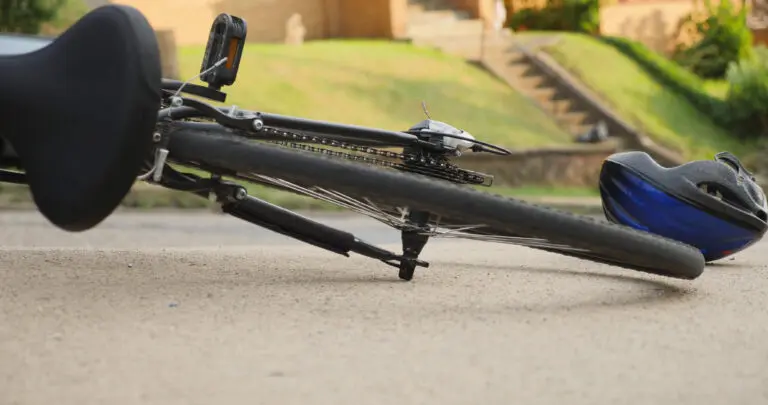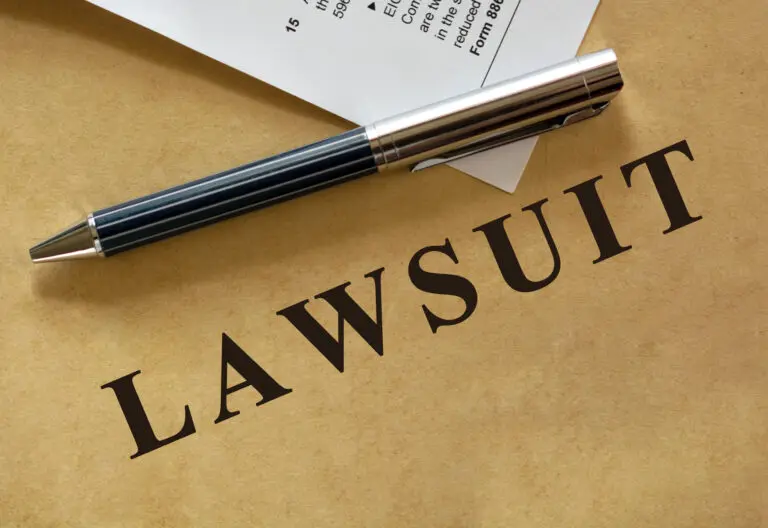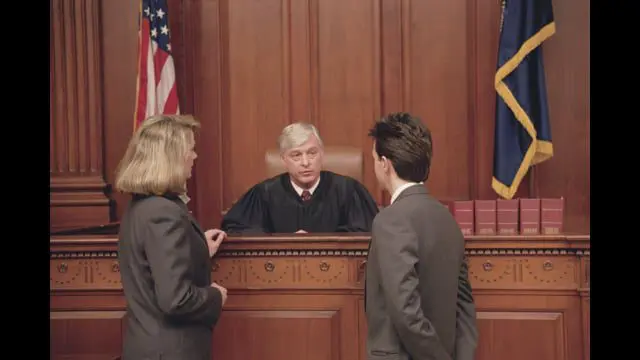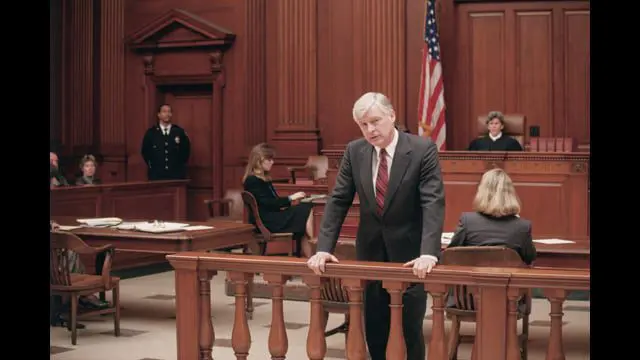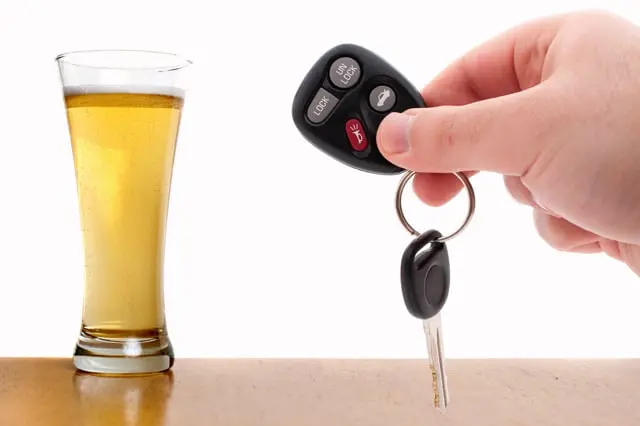When dealing with motor vehicle accident claims, understanding the various defenses that can be employed by motor vehicle accident lawyers is crucial for both plaintiffs and defendants. Lawyers use a wide range of strategies to challenge these claims, ensuring that their clients’ rights and interests are protected. These defenses often revolve around proving fault, disputing the severity of injuries, and questioning the circumstances surrounding the accident. In this article, we will explore some of the most common defenses used in motor vehicle accident claims.
Comparative Negligence
One of the most frequently employed defenses in motor vehicle accident claims is negligencia comparativa. Under this doctrine, the fault is distributed among all parties involved in the accident based on their level of responsibility. If a plaintiff is found to be partially at fault for the accident, their compensation may be reduced proportionately.
Modified Comparative Negligence
In jurisdictions that follow modified comparative negligence, a plaintiff can only recover damages if their degree of fault is below a certain threshold, usually 50%. If the plaintiff’s fault exceeds this limit, they may be barred from recovering any compensation. This defense is powerful in reducing the liability of the defendant and limiting the plaintiff’s potential compensation.
Pure Comparative Negligence
Conversely, in states that adopt pure comparative negligence, a plaintiff can recover damages regardless of their level of fault. However, the compensation is reduced by their percentage of fault. For example, if a plaintiff is 30% at fault, they can still recover 70% of the total damages.
Contributory Negligence
In some states, the doctrine of contributory negligence is applied. This is a more stringent standard where if the plaintiff is found to have any fault in the accident, even as little as 1%, they are completely barred from recovering any damages. This defense is rare but extremely effective in absolving defendants of liability if applicable.
Statute of Limitations
Another common defense is the prescripción, which sets a time limit within which a plaintiff must file a lawsuit. If the plaintiff fails to file within this period, they lose the right to pursue compensation. Defendants can argue that the claim is invalid if it was filed after the statute of limitations expired, effectively dismissing the case.
Assumption of Risk
The defense of assumption of risk is used when the plaintiff knowingly and voluntarily engaged in a risky activity that led to the accident. For instance, if the plaintiff was aware of the risks associated with a particular driving behavior or condition and chose to proceed, they may be deemed to have assumed the risk. This defense can significantly weaken the plaintiff’s case by demonstrating their voluntary acceptance of known dangers.
Pre-Existing Conditions
Defendants often argue that the plaintiff’s injuries were not caused by the accident but were instead due to pre-existing conditions. By providing medical records and expert testimony, defense attorneys can show that the injuries existed before the accident, thus minimizing or eliminating the defendant’s liability for those injuries.
Lack of Causation
To succeed in a motor vehicle accident claim, the plaintiff must prove that the defendant’s actions directly caused their injuries. The defense of lack of causation challenges this by arguing that the plaintiff’s injuries were not a direct result of the accident. This can be supported by evidence such as the plaintiff’s medical history, alternative explanations for the injuries, or expert opinions.
Sudden Emergency Doctrine
En sudden emergency doctrine applies when a defendant is faced with a sudden and unexpected situation that requires immediate action. If the defendant acted reasonably under the circumstances, they may not be held liable for the accident. This defense is often used in cases involving sudden mechanical failures, unexpected medical emergencies, or unforeseeable road hazards.
Mechanical Failure
Defendants may claim that the accident was caused by an unavoidable mechanical failure rather than driver error. This defense requires evidence that the vehicle was properly maintained and that the failure was unexpected and beyond the driver’s control. Maintenance records and expert testimony can be crucial in supporting this defense.
Third-Party Liability
In some cases, the defense may argue that a third party was responsible for the accident. Third-party liability can involve another driver, a pedestrian, or even a manufacturer if a defect in the vehicle contributed to the accident. By shifting the blame to another party, the defendant can reduce or eliminate their liability.
Police Report Errors
Challenging the accuracy of the informe policial can be an effective defense strategy. If the report contains errors or inconsistencies, the defense can argue that the findings are unreliable. This can involve questioning the methodology of the investigation, the accuracy of witness statements, or the conclusions drawn by the reporting officer.
Disputing Witness Credibility
The credibility of witnesses can significantly impact the outcome of a motor vehicle accident claim. The defense may seek to discredit witnesses by highlighting inconsistencies in their statements, questioning their ability to accurately observe the events, or exposing any potential biases. This strategy can weaken the plaintiff’s case by undermining key testimony.
Medical Records Scrutiny
Defense attorneys often closely examine the plaintiff’s historial médico to find inconsistencies or evidence that contradicts the claimed injuries. By scrutinizing these records, the defense can argue that the injuries are not as severe as claimed or were not caused by the accident. This can involve challenging the qualifications of medical professionals who provided treatment or questioning the necessity of certain medical procedures.
Surveillance and Social Media Evidence
In today’s digital age, surveillance footage y social media activity can play a crucial role in motor vehicle accident claims. Defense attorneys may use video evidence from traffic cameras, security systems, or bystanders to challenge the plaintiff’s account of the accident. Similarly, social media posts can be used to contradict the plaintiff’s claims about their injuries or the impact of the accident on their daily life.
Expert Testimony
Expert testimony can be a powerful tool for both plaintiffs and defendants. The defense may present expert witnesses to provide alternative explanations for the accident, dispute the severity of injuries, or challenge the plaintiff’s version of events. Experts in fields such as accident reconstruction, biomechanics, and medicine can offer critical insights that support the defense’s case.
Weather Conditions
Adverse weather conditions can be used as a defense in motor vehicle accident claims. The defense may argue that the accident was caused by factors beyond the driver’s control, such as heavy rain, snow, or ice. By demonstrating that the weather played a significant role in the accident, the defense can reduce the defendant’s liability.
Road Conditions
Similar to weather conditions, poor road conditions can be cited as a contributing factor to the accident. This can include issues such as potholes, uneven surfaces, lack of signage, or inadequate lighting. The defense can argue that the accident was unavoidable due to these external factors, thus mitigating the defendant’s responsibility.
Distracted Driving
The defense may also attempt to prove that the plaintiff was engaged in distracted driving at the time of the accident. This can involve presenting evidence that the plaintiff was using a mobile phone, eating, or engaging in other activities that diverted their attention from the road. By demonstrating the plaintiff’s distraction, the defense can argue that they were partially or fully responsible for the accident.
Seat Belt Defense
En seat belt defense is used to argue that the plaintiff’s injuries were exacerbated by their failure to wear a seat belt. While the accident may have caused some injuries, the defense can claim that the severity of those injuries would have been reduced if the plaintiff had been properly restrained. This defense can lead to a reduction in the plaintiff’s compensation.
Intoxication
If the plaintiff was under the influence of alcohol or drugs at the time of the accident, the defense can argue that intoxication was a significant contributing factor. This defense can be supported by evidence such as blood alcohol content (BAC) tests, witness statements, and police reports. Demonstrating the plaintiff’s impaired state can weaken their claim and reduce the defendant’s liability.
Failure to Mitigate Damages
The defense of failure to mitigate damages argues that the plaintiff did not take reasonable steps to minimize their losses after the accident. This can include failing to seek timely medical treatment, ignoring medical advice, or engaging in activities that worsened their injuries. By showing that the plaintiff failed to mitigate their damages, the defense can reduce the amount of compensation awarded.
Fraudulent Claims
In some cases, the defense may allege that the plaintiff’s claim is fraudulent. This can involve exaggerating injuries, staging the accident, or providing false information. Proving fraud can lead to the dismissal of the claim and potential legal consequences for the plaintiff.
Defensas procesales
Procedural defenses focus on technical aspects of the legal process. This can include arguing that the plaintiff failed to follow proper procedures in filing their claim, such as missing deadlines, not serving necessary documents, or failing to comply with court orders. By highlighting these procedural errors, the defense can seek to have the claim dismissed or limited.
Waivers and Releases
If the plaintiff signed a waiver or release of liability before the accident, the defense can argue that they relinquished their right to pursue compensation. This is common in cases involving recreational activities or services where the plaintiff agreed to assume the risks involved. The enforceability of such waivers can vary, but they can serve as a strong defense if applicable.
Governmental Immunity
When the defendant is a government entity, governmental immunity can be a powerful defense. This doctrine protects government agencies and employees from liability in certain circumstances. The defense can argue that the government entity is immune from the claim based on statutory protections, thus shielding them from liability.
Emotional Distress Claims
In some motor vehicle accident cases, plaintiffs seek compensation for angustia emocional. The defense can challenge these claims by arguing that the plaintiff’s emotional distress is not directly related to the accident or is exaggerated. Evidence such as medical records, psychological evaluations, and the plaintiff’s behavior before and after the accident can be used to dispute emotional distress claims.
Conclusión
Motor vehicle accident claims are complex and multifaceted, requiring a thorough understanding of the legal defenses available. Motor vehicle accident lawyers employ a variety of strategies to challenge these claims, from arguing comparative negligence to scrutinizing medical records and questioning witness credibility. By leveraging these defenses, they aim to protect their clients’ rights and minimize liability. Whether you are a plaintiff or a defendant, understanding these common defenses can help you navigate the legal landscape and better prepare for your case.


